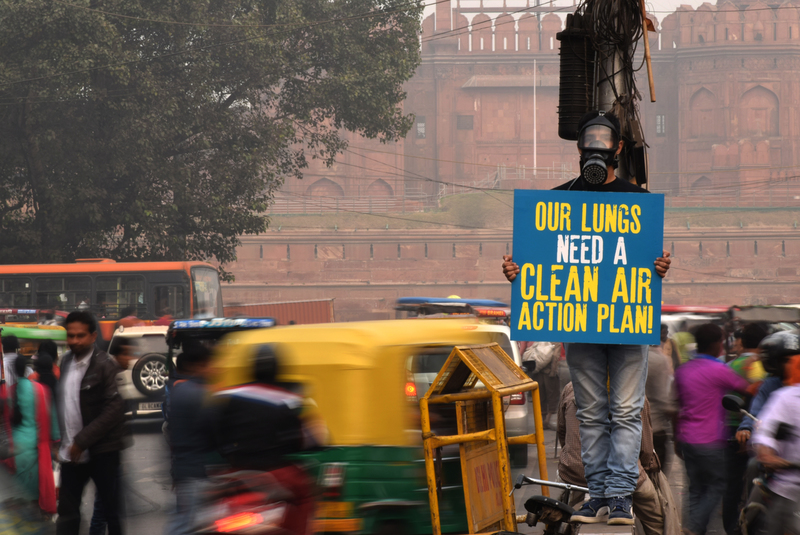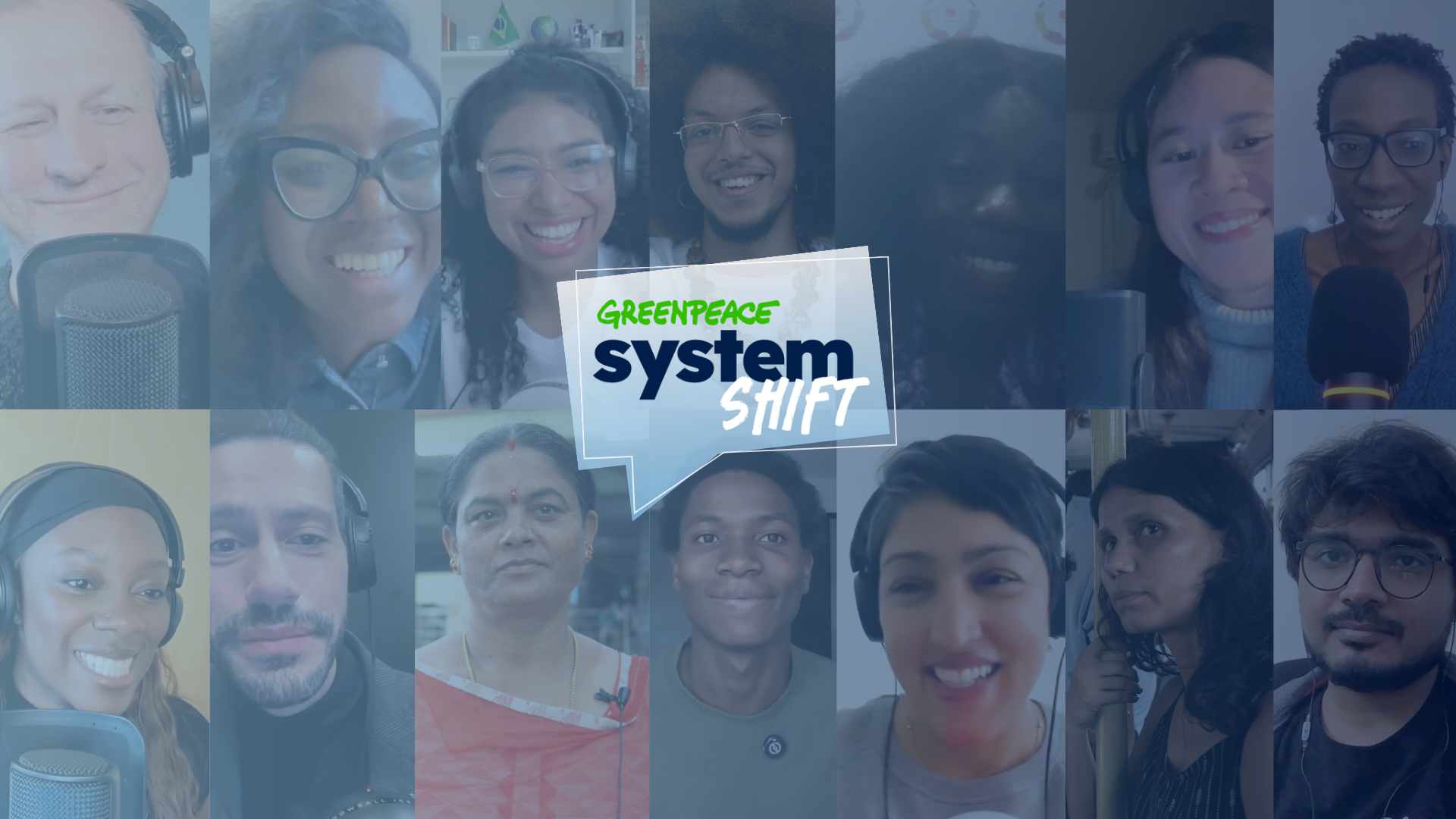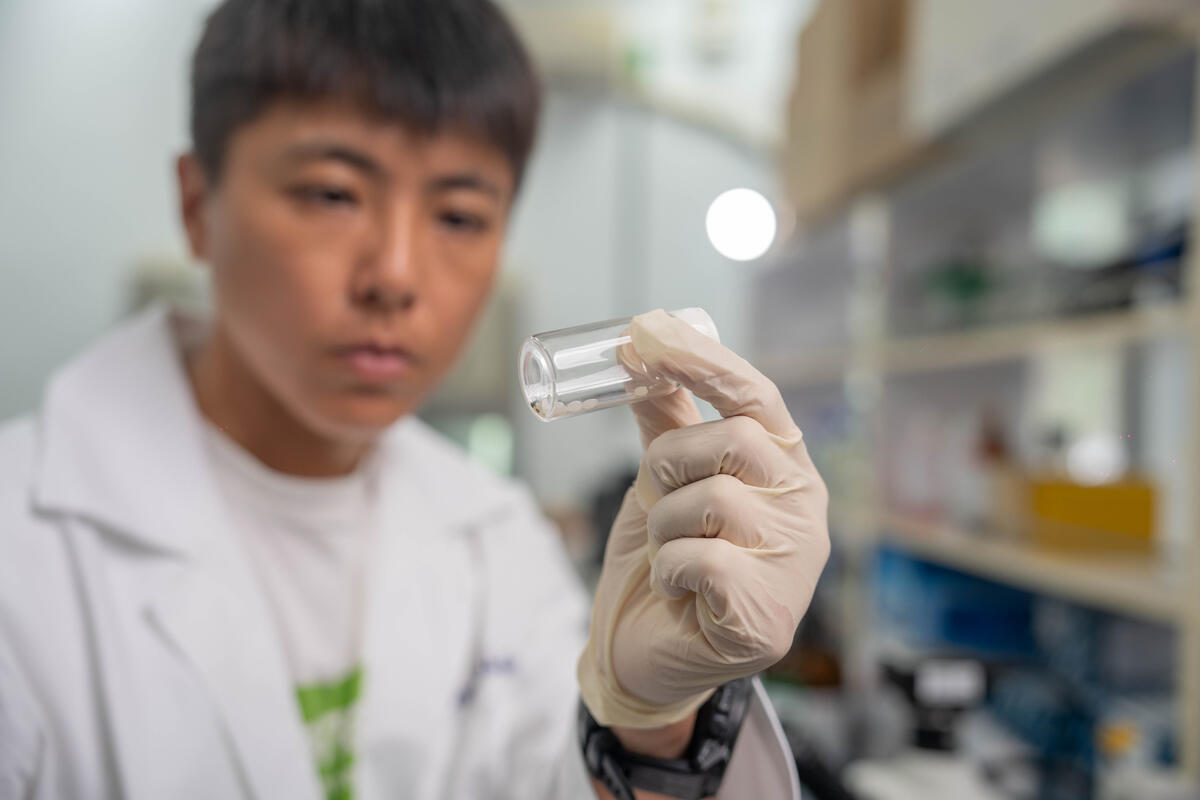
A view of the Taj Mahal in air pollution haze © Vinit Gupta / Greenpeace
I’ve been living in Delhi for over a decade, and I’ve sensed the city’s air changing.
Delhi’s winter used to bring excitement – but not anymore. The dilemma of whether it’s fog or smog unfurling over the city takes away all the euphoria of sitting under the winter sun.
I remember going on a picnic with my sisters and my dog to Lodhi gardens, a well-known green oasis in the Lutyens, Delhi. I’ve since stopped doing that because I’m worried how my pug will cope, who has recently developed breathing issues.
On World Environment Day on June 5, Prime Minister Modi announced India will abolish all single-use plastic by 2022. While it’s true that India is also battling a plastic crisis, for those of us living here, it’s hard to avoid the ever-present issue of air pollution.
Media has rightly focused on this ambitious plastic pledge, but local outlets were also publishing World Environment Day articles on how to breathe clean air both indoors and outdoors, including measures like avoiding morning walks and outdoor activities for children, and introducing certain plants into your home.
This, for us, is everyday life.
India has only recently decided to look at precautionary rather than reactionary measures to tackle the air pollution crisis and finalised a National Clean Air Action Programme. We were half hoping for an announcement on it on World Environment Day – but the announcement never came.

An activist holds a placard reading “Our lungs need a clean air action plan.”
The truth is that air pollution is not restricted to one city. It’s a global phenomena. India and China are famous for making headlines for the deadliest air pollution, but while China has by and large managed to reduce PM2.5 levels by enacting a Clean Air Action Plan, pollution levels in India are still on the up.
So is it just a gap in policy that limits India in tackling the airpocalyptic situation? The answer is no. In India, the public outrage over air pollution is still seasonal.
In China, public anger prompted the government to declare war on pollution in 2013. When London crossed a legal limit of monitoring nitrogen dioxide, the government declared a National Health Emergency.
So why are we Indians so complacent towards environmental degradation?
I remember reading one journalist who said “you never see ‘air pollution’ written as the cause on death certificates.”
Maybe because air pollution does not destroy buildings in an instant, unlike natural disasters. On the contrary, it slowly creeps into our bodies as a silent killer.
A new study by Louisiana State University (LSU) points out that 13 measures could reduce air pollution levels by almost 40 percent, and avoid 900,000 premature deaths caused by air pollution in India every year. The implementation of these measures may also lead to 50-60 percent reduction of wintertime PM2.5 levels across North India, including Delhi.
The measures put forward by the study were in line with recommendations sent to the Ministry of Environment by clean air collectives in reaction to the National Clean Air Programme. Maybe unsurprisingly, reducing emissions from coal based power plants offers the largest potential for air quality improvements.
Soon, India will have a national plan to combat air pollution. But the bigger challenge will always be its implementation. Mindsets in India need to change. We are in the midst of a catastrophe and only a movement steered by the people can show us all a way out of our air pollution problem.
Join our efforts here.
Madhulika Verma is a Communications Officer with Greenpeace India



